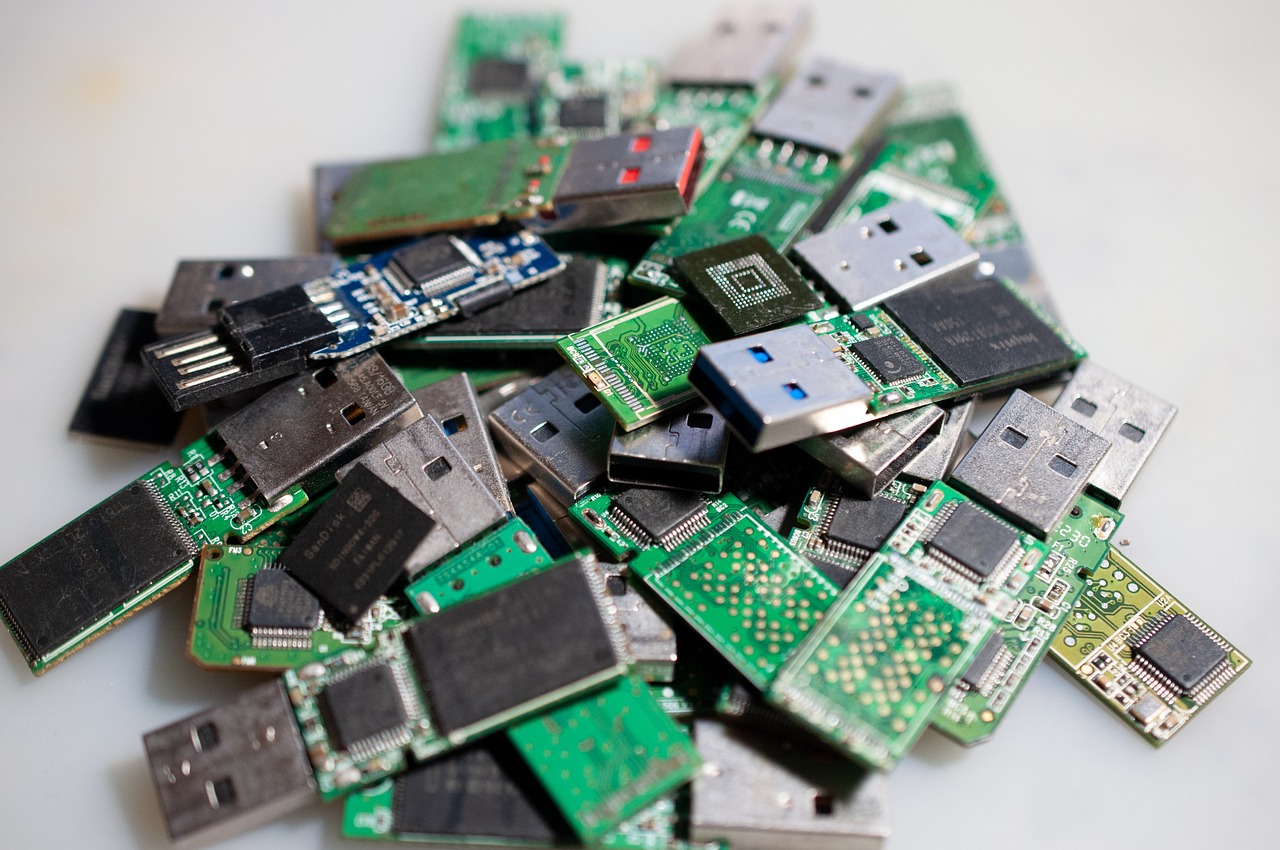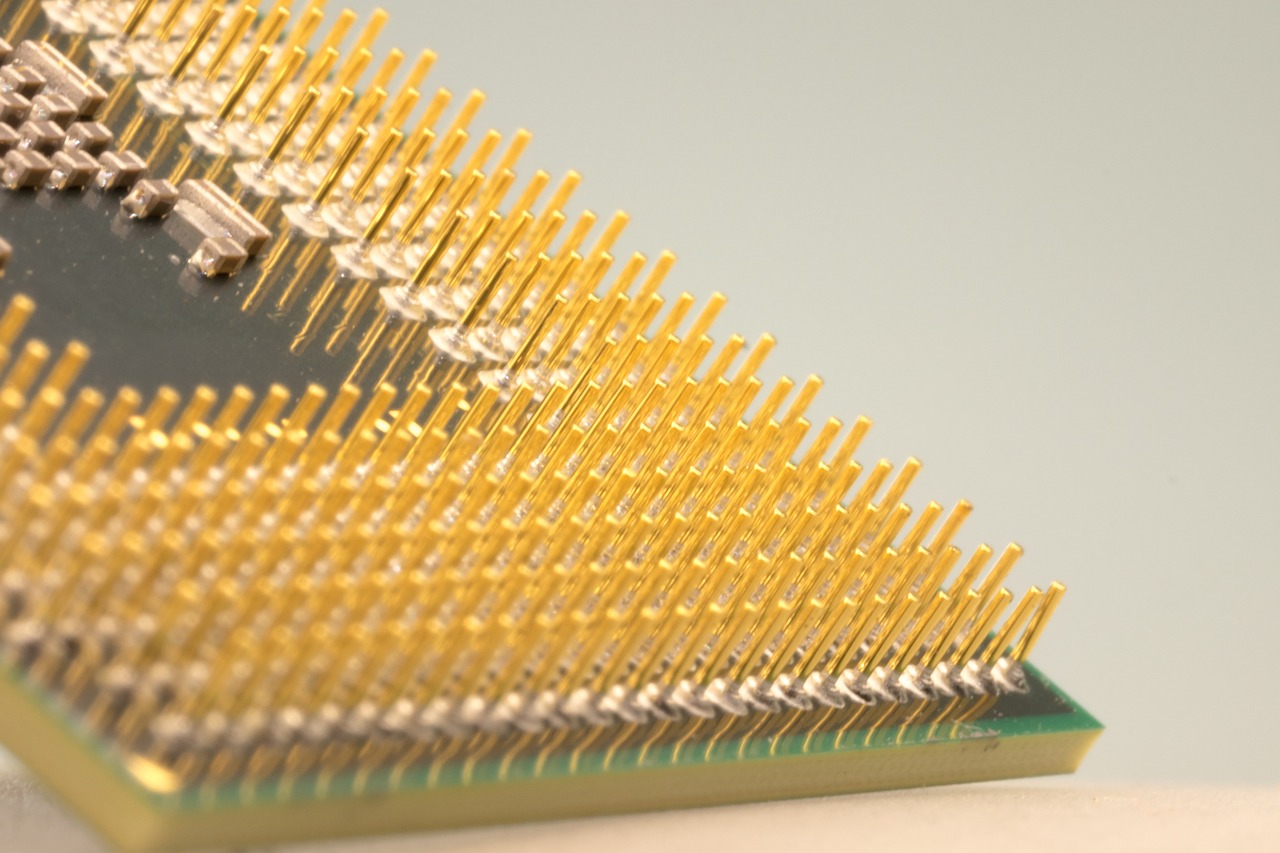In the realm of storage technology, Solid-State Drives (SSDs) have revolutionized data storage with their lightning-fast speeds and reliability, replacing traditional Hard Disk Drives (HDDs) in many applications. However, within the SSD category itself, there’s a further advancement known as NVMe (Non-Volatile Memory Express) drives. In this article, we’ll delve into the disparities between regular SSDs and NVMe drives, exploring their types and the advantages they offer.
Table of Contents
Understanding SSDs and NVMe Drives:
SSD (Solid-State Drive):
SSDs utilize NAND flash memory to store data, offering significant performance improvements over HDDs due to their lack of moving parts. They are available in various form factors, including 2.5-inch SATA drives, M.2 drives, and PCIe-based SSDs. The SATA interface, while faster than traditional HDDs, can become a bottleneck for SSDs due to its limited bandwidth.
NVMe (Non-Volatile Memory Express) Drives:
NVMe is a protocol specifically designed for SSDs to leverage the full potential of solid-state storage. Unlike SATA, which was originally designed for HDDs, NVMe is optimized for NAND flash memory and modern storage architectures. NVMe drives connect directly to the PCIe (Peripheral Component Interconnect Express) bus, allowing for much higher data transfer rates and lower latency compared to SATA-based SSDs.
Types of SSDs and NVMe Drives:
- SATA SSDs:
- SATA SSDs are the most common type of SSDs available in the market.
- They typically use the 2.5-inch form factor and connect to the motherboard via SATA cables.
- While faster than HDDs, they are limited by the SATA interface’s bandwidth.
- M.2 SSDs:
- M.2 SSDs are smaller and more compact than SATA SSDs, resembling a stick of gum.
- They use the M.2 form factor and connect directly to the motherboard via PCIe or SATA interfaces.
- M.2 SSDs can support both SATA and NVMe protocols, providing flexibility in terms of performance.
- PCIe SSDs:
- PCIe SSDs bypass the SATA interface altogether and connect directly to the PCIe slots on the motherboard.
- They offer significantly higher bandwidth and lower latency compared to SATA SSDs.
- NVMe drives exclusively use the PCIe interface, making them the fastest and most advanced type of SSDs available.
Advantages of NVMe Drives over Regular SSDs:
- Higher Speeds:
- NVMe drives offer much higher read and write speeds compared to SATA-based SSDs, thanks to their direct connection to the PCIe bus.
- This results in faster boot times, quicker application launches, and improved overall system responsiveness.
- Lower Latency:
- NVMe drives have lower latency compared to SATA SSDs, meaning data can be accessed and processed more quickly.
- This is particularly beneficial for tasks that involve a large number of random read and write operations, such as gaming and content creation.
- Improved Scalability:
- PCIe-based NVMe drives can scale to higher capacities more easily than SATA SSDs.
- This makes them ideal for high-performance computing applications, data centers, and enterprise storage solutions.
- Enhanced Endurance:
- NVMe drives often feature advanced NAND flash memory technologies and better endurance ratings compared to SATA SSDs.
- This ensures longevity and reliability, particularly in demanding workloads.
While both regular SSDs and NVMe drives offer significant performance improvements over traditional HDDs, NVMe drives represent the pinnacle of solid-state storage technology. With their blazing-fast speeds, lower latency, and scalability, NVMe drives are the preferred choice for enthusiasts, gamers, professionals, and enterprises seeking the utmost in storage performance and efficiency. As NVMe technology continues to evolve, we can expect even greater advancements in the realm of solid-state storage in the years to come.
Differences Between SSD and NVMe Drives: Types and Advantages
In the realm of storage technology, Solid-State Drives (SSDs) have revolutionized data storage with …
10 Lesser-Known Facts About Quantum Computers
Quantum computers, with their promise of revolutionizing computation by harnessing the principles of…
Decoding Computer Brains: AMD, Intel, Apple M, and ARM Chips
In the realm of computing, the heart of any device lies in its central processing unit (CPU). Four m…


